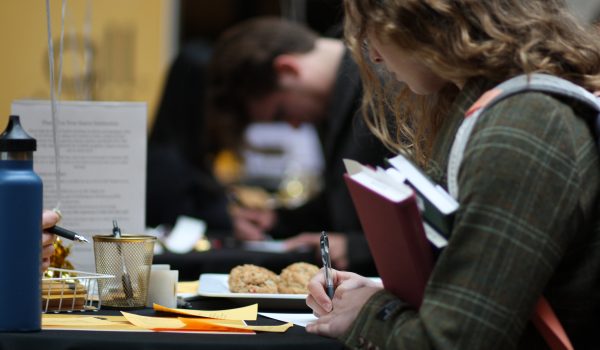If you consider a permanent address your home, you may have a local or statewide election coming up in 2025!

Even though it isn’t an election year for Northfield, there are plenty of ways to civically engage! Learn about the different ways to get involved on campus.
of eligible St. Olaf student voters voted in the 2022 election. The national average was 46%.
of eligible St. Olaf student voters registered to vote in the 2022 election.
of eligible St. Olaf student voters chose to vote “not-in-person” (absentee or mail-in) in the 2022 election.

Get to know your elected officials and learn more about their platforms.

Review St. Olaf’s political policies so you can engage in the democratic process.

Even though you may not be able to vote, there are still ways to get involved!
You must be logged in to post a comment.